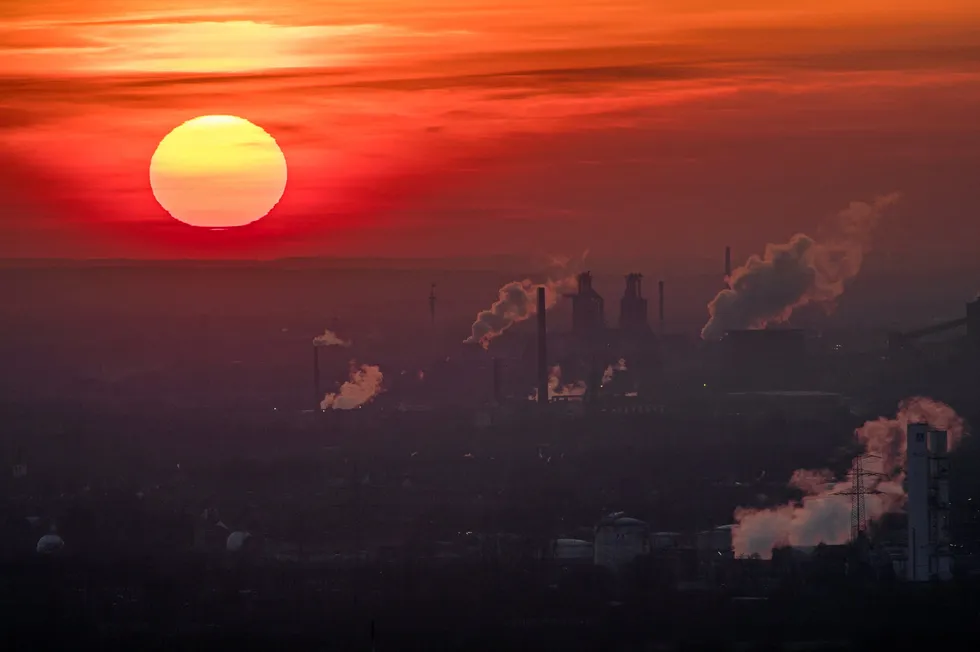'Climate penalty' | High levels of blue hydrogen use could wipe out carbon reduction, or even make it worse: study
A 30% share of blue H2 in the hydrogen mix by 2050 could lead to more global warming gases in the atmosphere than a hydrogen economy would offset over 20 years, say climate scientists
